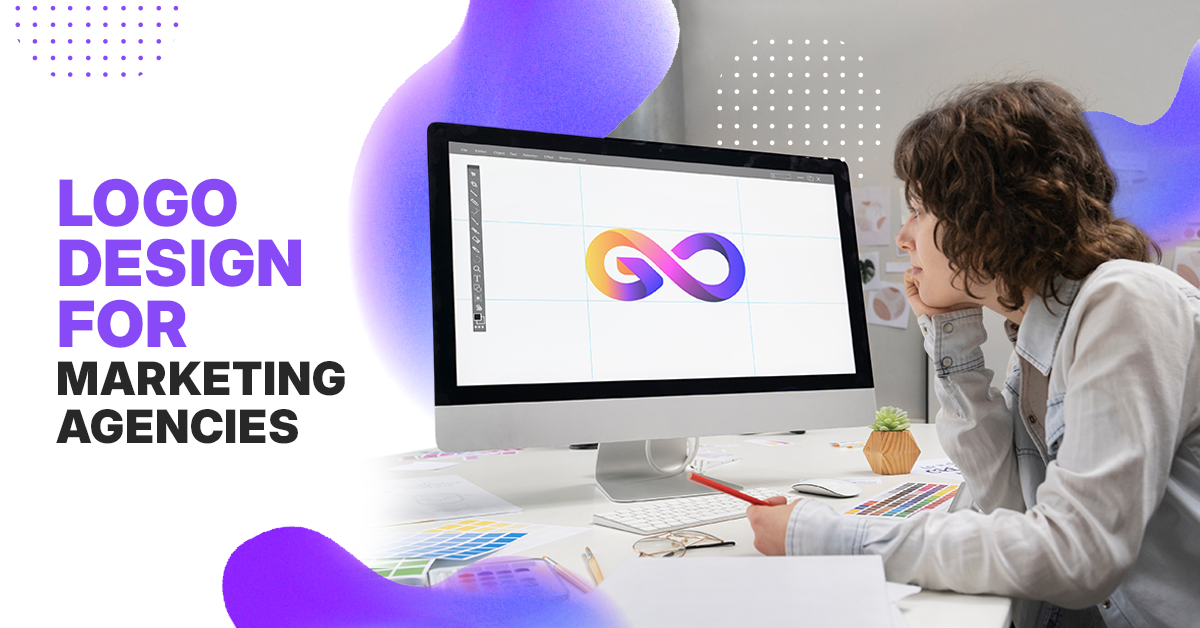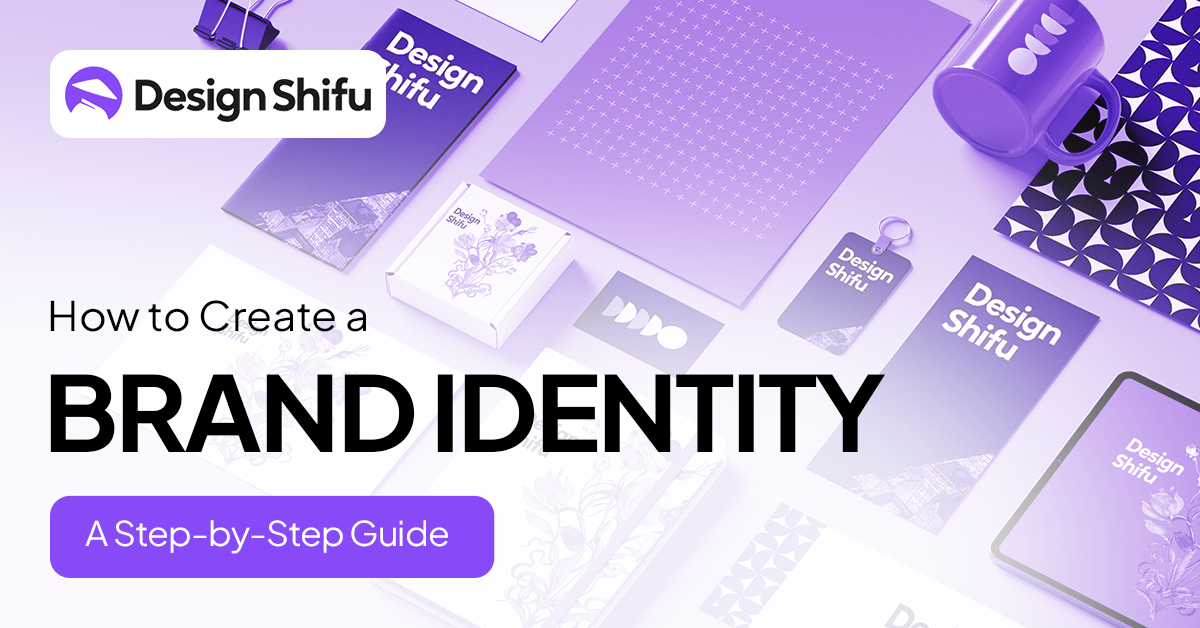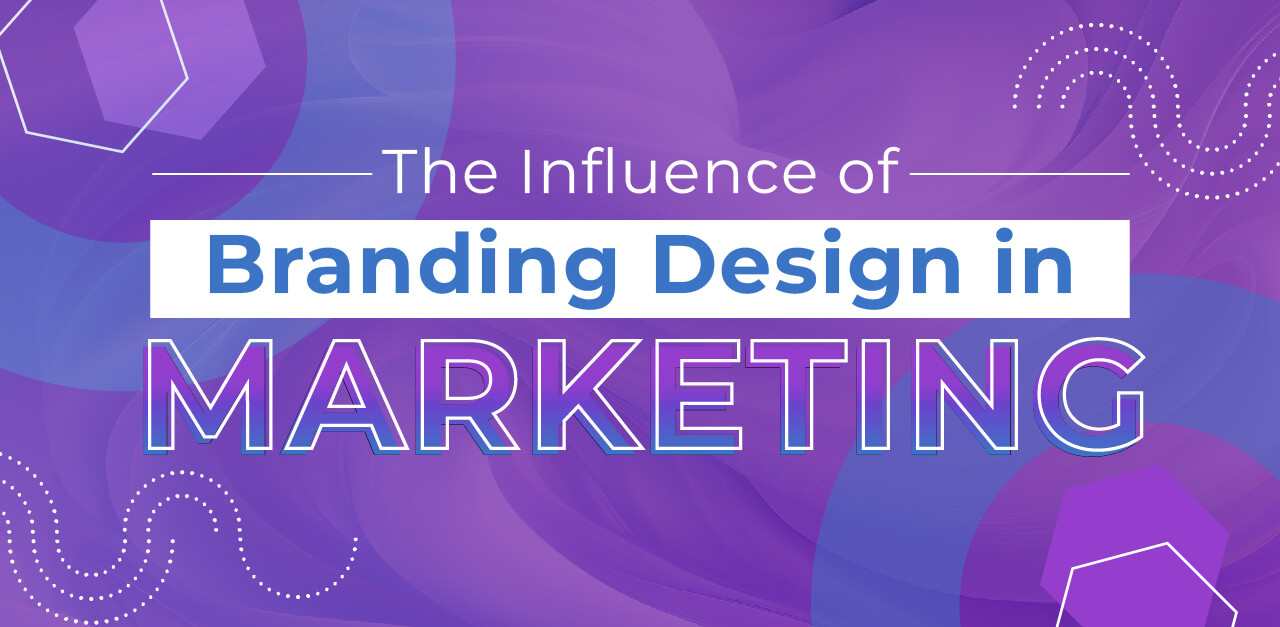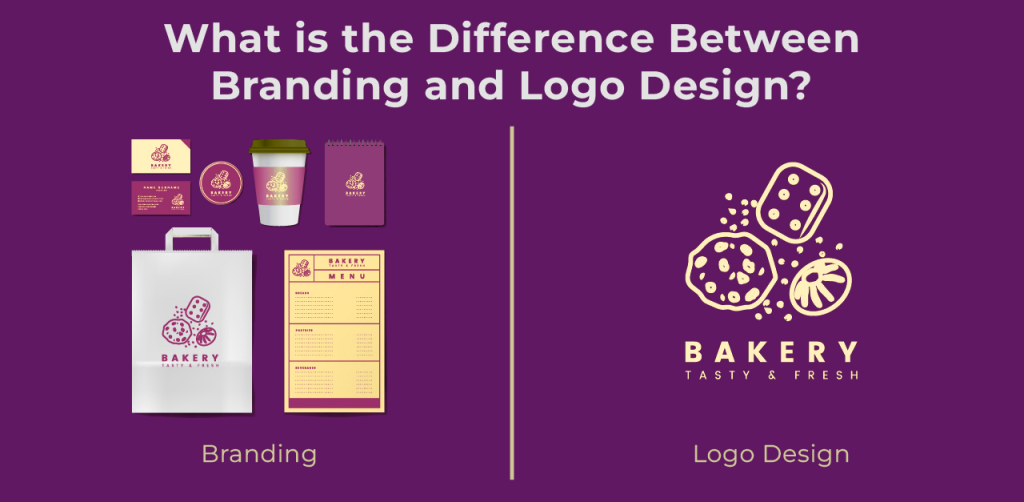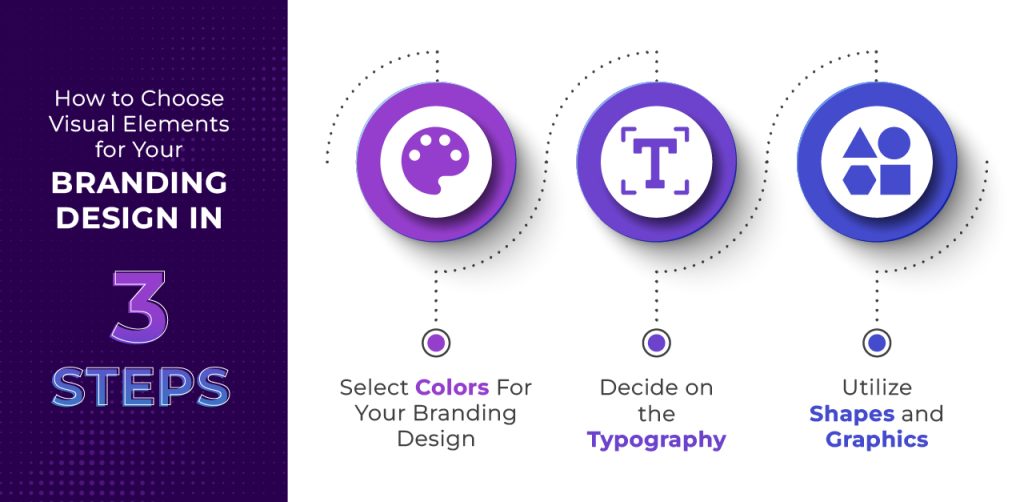Your agency builds brands—but is your brand pulling its weight?
In a world where clients make snap decisions in seconds, your logo could be your agency’s strongest sales pitch—or its weakest link. It’s not just a pretty design; it’s the face of your strategy, your creativity, and your promise to deliver.
Just having a strong logo means a lot more than just having a logo that “looks cool.” Your logo communicates your strategy, creativity, and professionalism in a glance—for example, you might be using it in a pitch deck, a proposal, on social media, or within any publication.
A logo is probably your first impression, so it better communicates trust, professionalism and authenticity right off the bat.
So how do you create a logo that turns heads and converts prospects into clients? Let’s get to the fun and strategic activities behind head turning logos for the modern marketing agency, and how to create a logo that sets your agency apart.
If you want unlimited graphic design services to streamline your branding, this guide is a great place to begin.
TL;DR
- Your logo isn’t just decoration—it’s the face of your agency.
- A strong logo builds trust, grabs attention, and drives conversions.
- Focus on simplicity, personality, timelessness, and versatility.
- Tailor your logo to your target audience’s preferences.
- Avoid clutter, clichés, and scaling issues.
- A great logo tells a story—and that story sets your agency apart.
Why Logo Design Matters for Marketing Agencies
Imagine walking into a meeting with a potential client. Your logo is on your business card, your pitch deck, and your website. It’s the first thing they see—and judge.
A logo communicates your agency’s personality, expertise, and value in seconds. According to a 2023 study by Siegel+Gale, 60% of consumers are more likely to trust a brand with a clear and professional visual identity.
For marketing agencies, whose job is to make other brands shine, a lackluster logo is like a chef serving a burnt meal—it’s a dealbreaker.
A great logo does three things
- Grabs Attention: In a world where attention spans are shorter than a TikTok video (about 8 seconds, per Microsoft), your logo needs to hook viewers instantly.
- Builds Trust: A polished logo signals that you’re a pro who pays attention to detail, which is critical for agencies pitching high-stakes campaigns.
- Drives Conversion: A logo that resonates with your target audience can nudge prospects toward signing that contract or clicking “Contact Us.”
So, how do you create a logo that checks all these boxes? Let’s break it down.
Key Elements of a High-Converting Logo for Marketing Agencies
1. Simplicity Is Your Superpower
Less is more. Think of iconic logos like Nike’s swoosh or Apple’s bitten apple—they’re clean, memorable, and versatile. A simple logo is easy to recognize, works across platforms (from business cards to billboards), and sticks in people’s minds. For marketing agencies, simplicity also shows you can distill complex ideas into something clear and impactful—a skill clients crave.
Pro Tip: Avoid cluttered designs or too many colors. Aim for 1-3 colors and clean lines. Test your logo in black and white to ensure it’s still striking without color.
2. Reflect Your Agency’s Personality
Are you a bold, disruptive agency that shakes up industries? Or a data-driven firm that thrives on precision? Your logo should reflect your vibe. For example:
- Bold Agencies: Use sharp angles, vibrant colors, or dynamic shapes (think Red Bull’s logo).
- Creative Agencies: Play with abstract designs or hand-drawn elements to show off your artistic flair.
- Corporate Agencies: Stick to sleek, modern fonts and neutral tones to exude professionalism.
Case Study: HubSpot’s logo, a simple orange circle with a “growth” symbol, screams approachability and innovation—perfect for their inbound marketing ethos.
3. Know Your Audience
Your logo should speak to the clients you want to attract. If you serve tech startups, a futuristic, minimalist design might work. If you cater to luxury brands, elegant typography and metallic accents could seal the deal.
Research your target market’s preferences—what colors, shapes, or styles resonate with them? For instance, color psychology in branding tells us blue conveys trust (great for B2B agencies), while red sparks excitement (ideal for consumer-focused campaigns)
Actionable Step: Create client personas. Are they CEOs, small business owners, or creative directors? Tailor your logo to their tastes,
4. Make It Timeless
Trends come and go, but a logo should last. Avoid chasing fads (like neon gradients or overly intricate 3D effects) that might feel dated in a few years.
A timeless logo uses classic design principles—think clean typography, balanced proportions, and versatile color schemes. Test your logo at different sizes to ensure it’s legible on a tiny favicon or a massive banner.
Quick Tip: Study logos of top agencies like Ogilvy or Wieden+Kennedy. Their designs are sleek, adaptable, and still relevant decades later.
5. Versatility for Digital and Print
Marketing agencies live in both digital and physical spaces. Your logo must look sharp on a website, social media, business cards, and even swag like tote bags. Ensure your logo is:
- Scalable: A vector format (like SVG) ensures it stays crisp at any size.
- Adaptable: Create variations (e.g., horizontal and stacked versions) for different use cases.
- Accessible: Use high-contrast colors to ensure readability for all users, including those with visual impairments.
Example: Dropbox’s simple box logo works on a tiny app icon and a giant trade show booth because it’s clean and scalable.
6. Tell a Story
A logo with a story behind it connects emotionally with clients. Maybe your logo’s shape reflects your agency’s mission (e.g., a circle for unity or a rocket for growth). Share this story in your pitches and on your website—it makes your brand memorable and relatable.
Example: The logo for VaynerMedia, Gary Vaynerchuk’s agency, uses a bold “V” that feels energetic and forward-thinking, aligning with their hustle-driven culture.
The Design Process: How to Create Your Agency’s Logo
Step 1: Brainstorm and Research
Start by defining your agency’s core values and target audience. Gather inspiration from competitors, but don’t copy—stand out. Use tools like Pinterest or Dribbble to explore design trends, but filter them through your unique brand identity.
Step 2: Sketch and Prototype
Work with a professional designer or use tools like Canva or Adobe Illustrator to mock up ideas. Create 3-5 concepts, focusing on different aspects of your brand (e.g., one bold, one minimalist, one playful). Get feedback from your team and trusted clients.
Step 3: Test and Refine
Test your logo in real-world scenarios: website headers, business cards, social media profiles. Ask:
- Is it legible at small sizes?
- Does it convey the right message?
- Does it stand out against competitors?
Refine based on feedback, but don’t overcomplicate—keep it simple.
Step 4: Launch with a Bang
Once your logo is ready, roll it out consistently across all touchpoints- website, email signatures, social media, and more. Announce it with a blog post or video explaining the story behind the design to engage your audience.
Common Mistakes In Logo Design To Avoid
- Over-complicated – Too many elements create a forgettable logo.
- Not considering scalability – If the logo looks good on a billboard but becomes blurry on a favicon (the small icon next to a URL), you have failed.
- Copying the competition – Instead of standing out, you will blend in.
- Not researching – If you don’t know your audience, you may create a logo that is not relevant.
Conclusion: Your Logo, Your Legacy
Your logo is not merely a design; it’s a commitment to the clients of your marketing agency. The logo says, ‘we’re creative, we’re going to be reliable, and we are going to produce results.
If you keep it simple, audience-specific and timeless, it will look good and convert. Are you ready to create a meaningful logo that represents the story of your agency?
Whether you DIY or work with a pro, your logo should reflect the heart of your agency.
Looking for a logo that builds traffic and closes deals? Book a demo with Design Shifu and see how our creative team can bring your brand vision to life.
FAQ
1. Why does my marketing agency really need a professionally designed logo?
Because your logo is often your first impression—on proposals, pitch decks, and social media. A professional logo builds credibility, reinforces brand identity, and helps you stand out in a crowded marketplace.
2. What are the most important design principles when creating a logo?
Simplicity, scalability, timelessness, and relevance to your brand’s voice and audience. Avoid overly trendy styles that may age poorly.
3. Can I design my agency’s logo myself using tools like Canva?
You can, especially if you have design experience. But for a lasting, strategic logo, working with a professional designer or agency will ensure it aligns with your brand goals.
4. How many logo variations should I create?
At minimum: a primary logo, a simplified version (icon or favicon), and one that works on dark/light backgrounds. Optional: horizontal and stacked formats for flexibility across mediums.
5. How do I know if my logo appeals to my target audience?
Conduct A/B testing or gather feedback from personas that reflect your ideal clients. If the logo resonates with their expectations, you’re on the right path.
6. How often should a marketing agency update or redesign its logo?
Only when your brand direction evolves significantly or if your current logo is outdated, hard to scale, or misaligned with your market. A well-designed logo should last at least 5–10 years.

